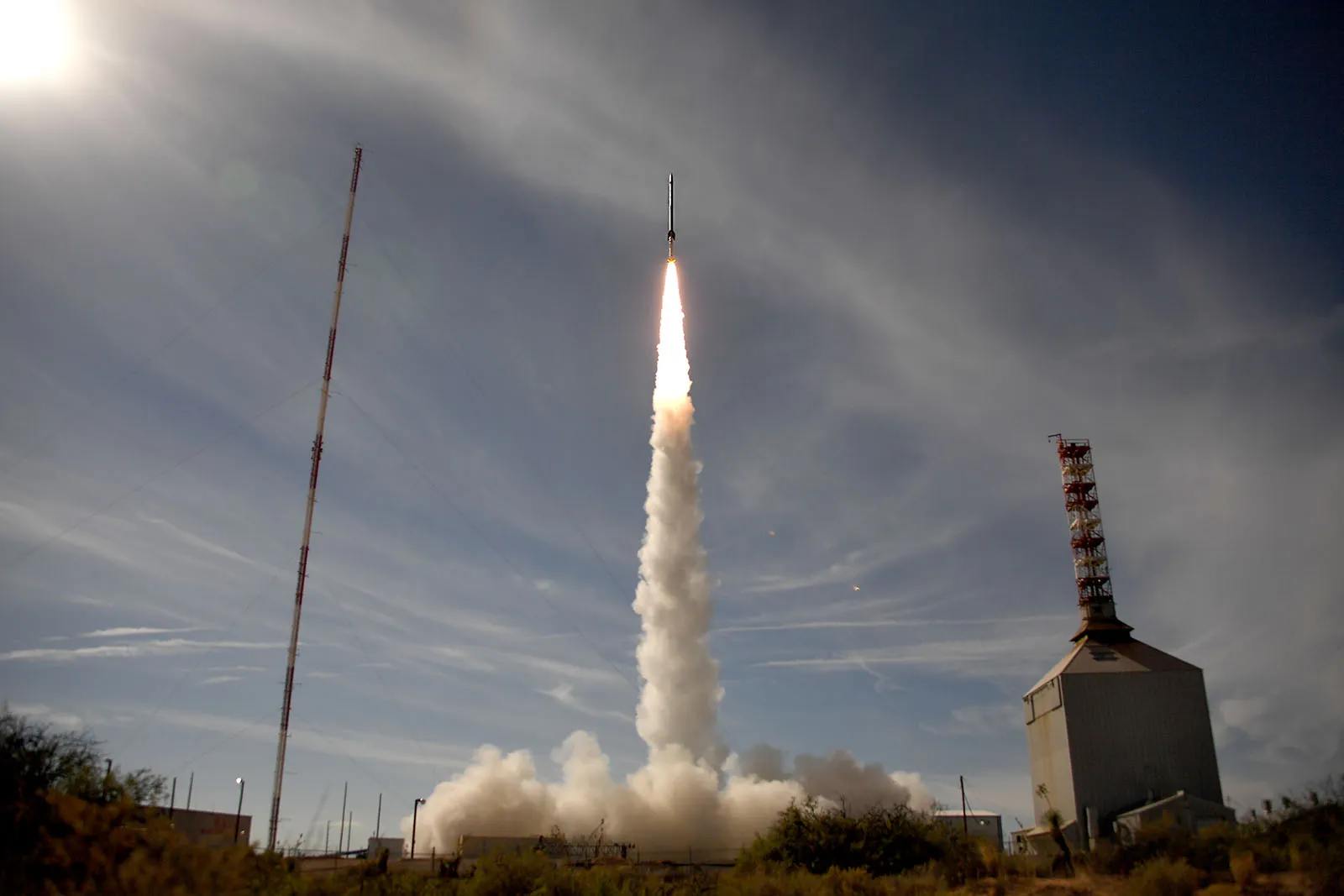NASA Solar Eclipse Mission: Aroh Barjatya, the man behind NASA’s recent solar mission, is an Indian-born researcher. He works as an Engineering Physics Professor at Embry-Riddle Aeronautical University in Florida. He is also the director of the Space and Atmospheric Instrumentation Lab at ERAU.
The US space agency NASA launched three Atmospheric Perturbations around Eclipse Path (APEP) sounding rockets during the total solar eclipse, that took place recently, on April 8, 2024. The objective of the mission is to study the effect of the solar eclipse on the Earth’s atmosphere when there is dim sunlight over a part of the planet for a moment.
"The mission was led by Aroh Barjatya, a professor of engineering physics at Embry-Riddle Aeronautical University in Florida, where he directs the Space and Atmospheric Instrumentation Lab," said NASA in an official statement.
Who is Aroh Barjatya?

Aroh Barjatya, an Indian-origin researcher, was born to Ashok Kumar Barjatya, a chemical engineer, and his wife Rajeshwari, a homemaker. His sister Apurva Barjatya is a Mechanical Engineer.
Aroh Barjatya: Education
Aroh completed his initial schooling in Patalganga, near Mumbai. Later on, he went to study in different schools across India, including Hyderabad, Jaipur, Pilani, and Solapur. He completed his graduation from Walchand Institute of Technology, Solapur in electronics engineering.
Aroh moved to the United States in the year 2001 to complete his master’s degree in electrical engineering from Utah State University. In 2003 he enrolled himself in the Ph.D. programme in spacecraft instrumentation at the Utah State University Research Foundation.
Aroh Barjatya: Career
Aroh Barjatya has vast experience in the field of engineering and research. According to his LinkedIn profile, he has more than 16 years of experience in aerospace instrumentation research and space systems engineering. He has led and developed many innovative projects involving sounding rockets, CubeSats, high-altitude balloons, embedded electronics, and space situational awareness.
Aroh Barjatya’s NASA Journey

As per Aroh Barjatya’s LinkedIn ID, he has collaborated with NASA many a time on various projects. He recently got an opportunity to lead NASA’s rocket mission during the total solar eclipse that happened on April 8, 2024. This eclipse was only visible in Mexico, US, and Canada.
"My deepest gratitude to all my fellow researchers at collaborating institutions and insanely capable and stellar students at Embry-Riddle Aeronautical University, as well as, most crucially, to everyone at NASA Wallops Sounding Rocket Program Office and NASA Goddard Space Flight Center for helping accomplish six complex rocket missions in six months!!!" Aroh Barjatya was seen posting this heartfelt post on his LinkedIn after the successful launch.
What is NASA’s APEP Mission?

NASA through its Atmospheric Perturbations Around Eclipse Path (APEP)' sounding rockets plans to study the Earth’s upper atmosphere during eclipse. The rockets will study the disturbances in the ionosphere created when the Moon eclipses the Sun, said NASA.
The three rockets were launched at intervals of 45 minutes, before, during, and after the peak total solar eclipse. The rockets collected data on the effects of the sudden disappearance of the sun on the ionosphere.
NASA performed the same experiment during the 2023 annular solar eclipse. “We saw the perturbations capable of affecting radio communications in the second and third rockets, but not during the first rocket that was before peak local eclipse” shared Aroh Barjatya.
Comments
All Comments (0)
Join the conversation